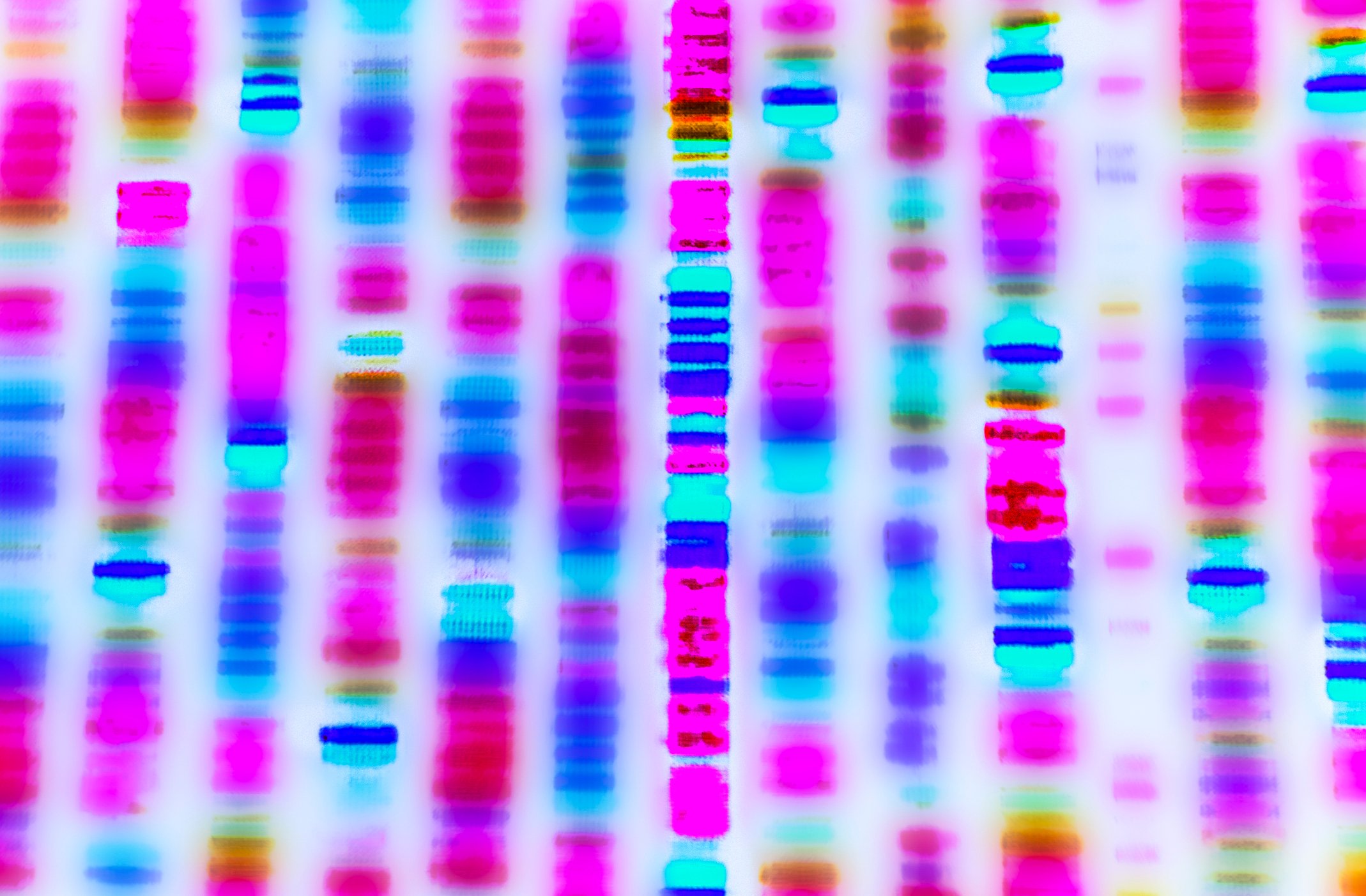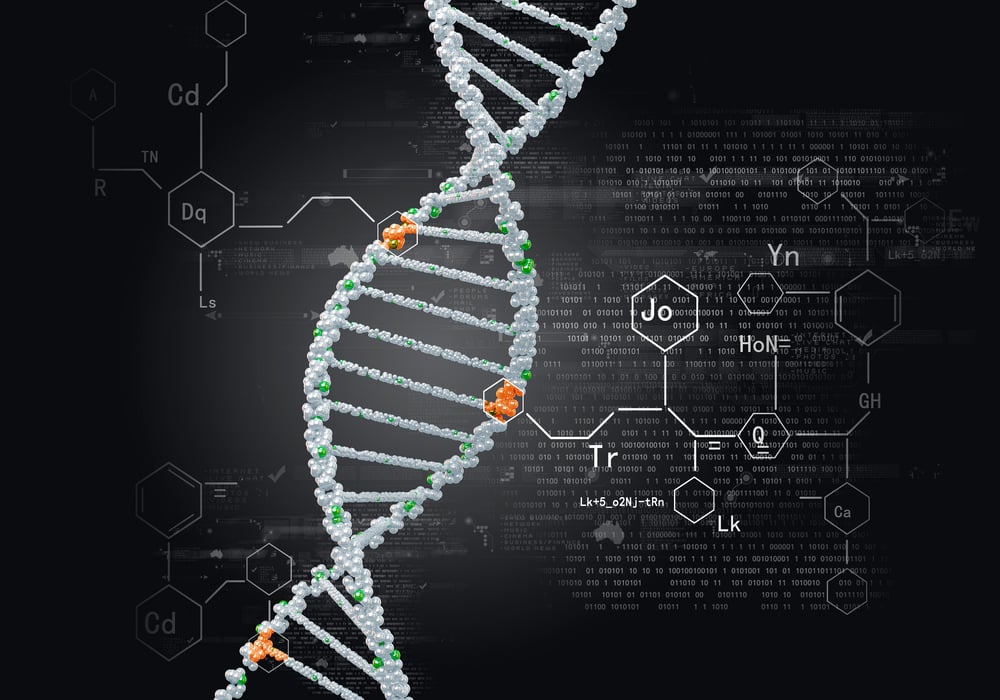Copy That! Detecting Copy Number Variation in Disease Using Next Generation Sequencing
If one of your colleagues suggests including copy number variations (CNVs) in your assay that screens for genomic tumor markers, you probably shouldn’t just say, “No way...” and make up an excuse to leave the room, secretly jealous that you didn’t think of it before she did. That’s because CNVs make up one of the most important classes of genomic alterations used in the diagnosis, prognosis, and treatment of human disease,1 along with other genomic lesions like single nucleotide variants (SNVs), insertions or deletions (INDELS), translocations, and aneuploidies. While CNVs (also known as Copy Number Alterations, or CNAs) can vary in length, they commonly involve amplifications of entire genes, or loss of one or both alleles of a gene.
Many CNVs seem to play important roles in normal development and could be quite harmless, but as you might expect, they can have negative impacts on cell biology, leading to, for example, tumor formation and/or progression.1 Among many instances of pathogenic CNVs, one famous example of a disease-associated copy number loss involves the TP53 gene. Wild type p53 protein arrests the cell cycle and promotes apoptosis in the presence of DNA damage to prevent genome instability, so it acts as a tumor suppressor. Over half of all tumors carry point mutations in one allele of TP53; when these mutations are accompanied by loss of the other allele (termed loss of heterozygosity, or LOH;2 the effect of the mutant protein is exacerbated.2 Conversely, amplification of ERBB2 (also known as HER2), which encodes an epidermal growth factor receptor tyrosine kinase, is a known driver of several cancers, and is especially prevalent in breast cancer, found in about 20% of all breast cancer cases.3 Even though amplification of ERBB2 contributes to increased cancer aggressiveness, it provides the mitigating benefit of presenting a target of the therapeutic anti-Erb-b2 antibody trastuzumab (brand name Herceptin). Accordingly, patients with ERBB2-positive cancers undergoing trastuzumab treatment have better outcomes compared with patients carrying tumors lacking ERBB2 amplification. Gene amplification can also cause therapeutic resistance, as is the case of, for instance, patients with melanoma carrying BRAFV600MUT that become resistant to BRAF inhibitor + MEK inhibitor combination therapy.4

Since it’s clear that CNVs can be significant players in the diagnosis, prognosis, and treatment of disease, how, then, are they best detected? Traditionally, karyotyping and fluorescence in situ hybridization (FISH) have been used, but while FISH has been considered the “gold standard”, these methods are low resolution, usually qualitative or semi-quantitative, and are imprecise regarding the start and end points of the amplified or deleted region. Multiplex Ligation-dependent Probe Amplification (MLPA) and Array comparative genomic hybridization (aCGH) provide upgrades and have been considered as gold standards at times, but their best resolution is only about 200 bp, they are low throughput and do not provide information about other genomic alterations. Quantitative polymerase chain reaction (qPCR) and droplet digital PCR (ddPCR) offer more precision for detecting CNVs in semi-quantitative and quantitative fashion, respectively, and can be incorporated into a high-throughput workflow, but their degree of multiplexing is limited by the number of probe dyes available, and the start and endpoints of the CNV typically cannot be defined.
Next generation sequencing (NGS) is now being used to get around the technical limitations of these earlier methods for detecting CNVs in patient samples. NGS has a few key technical advantages:
- A much greater degree of high-resolution multiplexing is possible; even in targeted NGS assays, hundreds of targets can be analyzed in each sample
- CNVs can be detected alongside other variants in a single library prep, providing a more complete picture of genomic lesions in a sample with a single test
- NGS methods can allow for the determination of the start and end points of the variant
Thanks to these technological advancements, several commercial assays are now available that include CNVs in NGS workflows, such as Illumina’s TruSight Oncology 500 (TSO500), ThermoFisher’s Oncomine®, and Archer’s VariantPlex®. These commercial assays are used by numerous service providers of NGS-based tumor profiling for tissue and liquid biopsy in somatic cancer, as well as for inherited cancer. Additionally, many laboratories develop their own NGS-based assays (laboratory-developed tests, or LDTs) that incorporate detection of CNVs among other genomic alterations,
However, CNV detection with NGS does present some unique technical challenges. Existing data analysis pipelines can have difficulty identifying CNVs as some CNVs occur among low complexity and/or GC-rich sequences, and some are highly homologous to pseudogenes.5 So, NGS assay design data interpretation methods are evolving to more accurately detect CNVs.5 It’s vital, then, that putting these commercial assays and LDTs to work for identifying CNVs in patients’ tumor DNA means demanding the highest levels of quality control, which is best done by validating the assays using reliable and consistent reference materials.
Seraseq® series of CNV disease state-focused reference materials have been long standing high -confidence tools in the development, implementation, and continued QC for NGS-based analysis of CNVs present in lung, brain, and breast cancer for both solid tumor and liquid biopsy assays. Now, after years of industry-wide use of these genomic DNA solutions, SeraCare is excited to introduce our Seraseq Solid Tumor CNV Mutation Mixes offering our greatest number of precisely blended CNVs in a single vial.
To view a list of all of our newly launched products in 2023, please click here, or on the button below.
So instead of walking away, thank your colleague for the terrific suggestion, and tell her you read this blog where you learned about this amazing validation tool that’ll help you incorporate CNVs into your assay.
Questions?
Please reach out to CDx-Sales@lgcgroup.com, or call 800-676-1881.
Seraseq Peer-Reviewed Publications
There is no better testament to the quality of a product than its citation in a peer-reviewed scientific publication. Click here, or on the button below to see a list of our peer-reviewed publications.
References
- Pös, O., et al. (2021). DNA copy number variation: Main characteristics, evolutionary significance, and pathological aspects. Biomedical Journal 44, 548.
- Baker, S.J., et al. (1990). p53 Gene Mutations Occur in Combination with 17p Allelic Deletions as Late Events in Colorectal Tumorigenesis. Cancer Research 50, 7717.
- Yaziji,H., et al. (2004). HER-2 Testing in Breast Cancer Using Parallel Tissue-Based Methods. JAMA Network 291, 1972.
- Dharanipragada, P., et al. (2023). Blocking Genomic Instability Prevents Acquired Resistance to MAPK Inhibitor Therapy in Melanoma. Cancer Discovery 13, 880.
- Singh, A-K., et al. (2021). Detecting copy number variation in next generation sequencing data from diagnostic gene panels. BMC Medical Genomics 14, 214.




